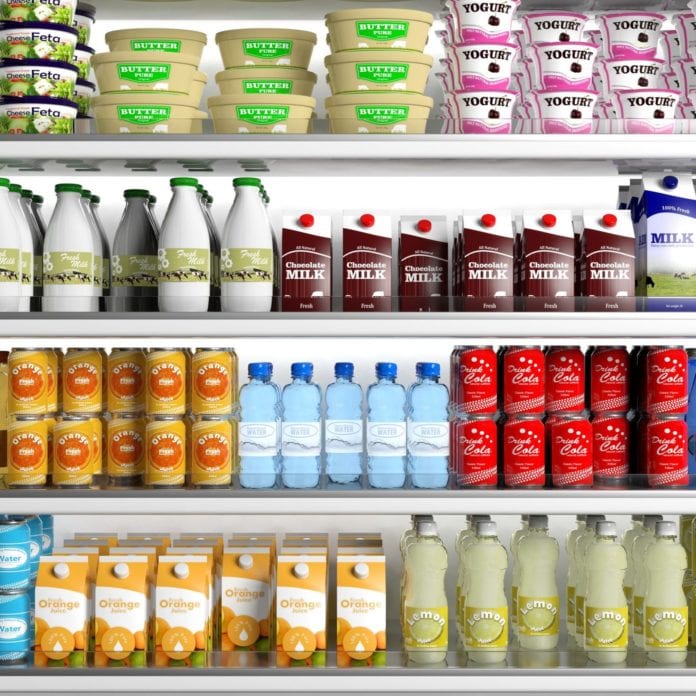Keeping things cool with IoT monitoring
Every time the door to a milk cooler or freezer does not close properly, an alarm goes off on a computer screen in a control building in Odense, Denmark, thanks to an “internet of things” monitoring solution. AK-Centralen provides continually-supervised alarm equipment for refrigerating units, with 16 operators responding to alarms, who, when notified of a problem, contact store employees or specialists and provide instruction to ensure frozen foods do not go bad.

The alarms go off approximately 140,000 times per year, or roughly 400 alarms in a 24-hour period. When an alarm sounds, there is a limited amount of time to act before dairy products or frozen goods go to waste. This type of waste can quickly start to cost a supermarket a great deal of money, according to AK-Centralen.
The company claims it provides an insurance-like service for its customers, giving them the ability to maintain the strict standards set by the Danish authorities regarding the sale of food products.
A gateway to food monitoring
A supermarket’s cooling and freezing department is controlled by CTI, or heating, ventilating and air conditioning systems, which ensure the maintenance of a specific temperature without relying on store employees.
AK-Centralen provides the infrastructure that makes it possible to communicate with the company’s central server. The core of the infrastructure, in the form of a single box, is provided by Seceomea SiteManager, an industrial gateway solution.

This box can be found in every single store, and is serially connected with a Danfoss gateway, which wirelessly collects the data from the store’s equipment. Through SiteManager, the gateway sends data to AK-Centralen’s server through a secure virtual private network connection, allowing operators to constantly monitor the operation in individual stores.
The store’s remaining connected devices, for example, bottle vending machines and video surveillance, also can access their equipment using AK-Centralen’s VPN infrastructure.
“The good thing about this system is that we never have to go into the customer’s network,” said Per Lundorff, leader of systems support at AK-Centralen. “In our solution, the [information technology] department doesn’t have to go in and configure or maintain anything, they just have to give us permission to make a VPN tunnel coming out from their network. There is only one way that information goes, and that is out; no one else has access to our network, which is completely secure, except for these predefined [Internet Protocol] addresses from the wireless network that connect back to our server via the VP tunnel.”

How it happened, where it is now
The high degree of security was one of the reasons Per Lundorff decided to start working with Secomea in 2004, according to the company.
At the time, he and his colleagues were struggling to switch over from asymmetric digital subscriber line modems to digital IP technology. It was a challenge to get the wireless gateways to communicate with CTI and HVAC systems, but the questions raised by IP technology were significant.
Today, 10 years later, there is a SiteManager in over 1,500 stores across Denmark.

